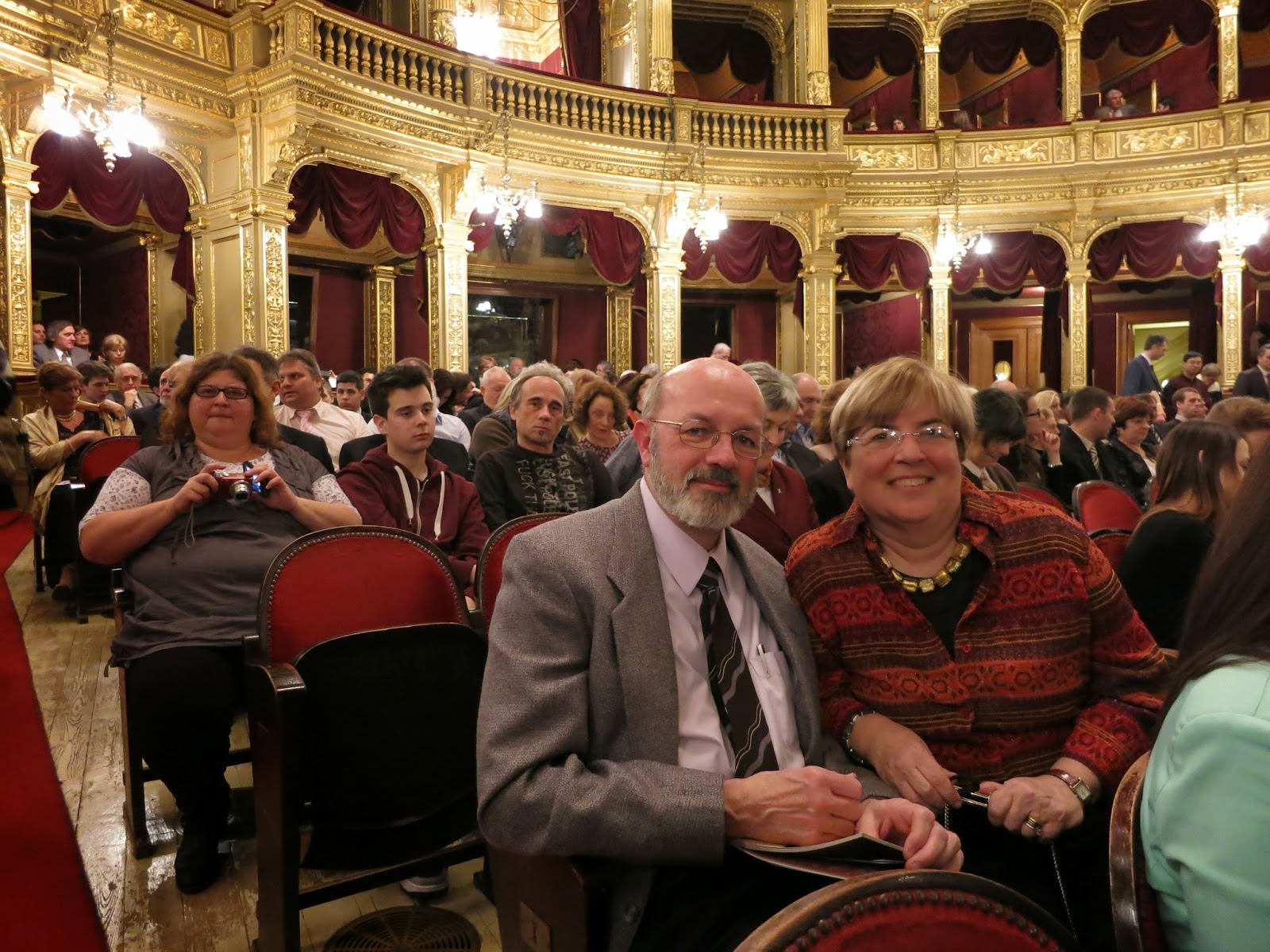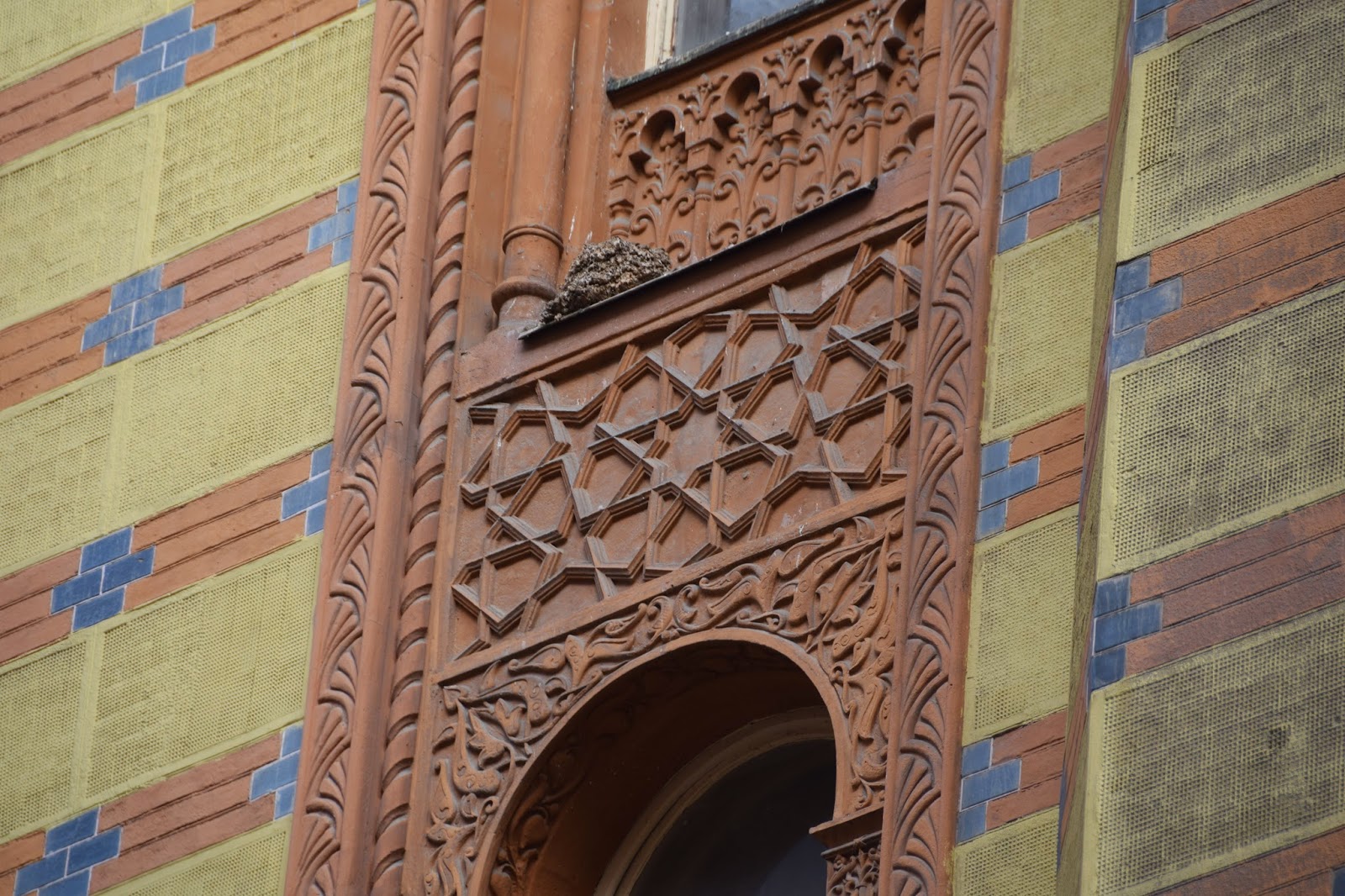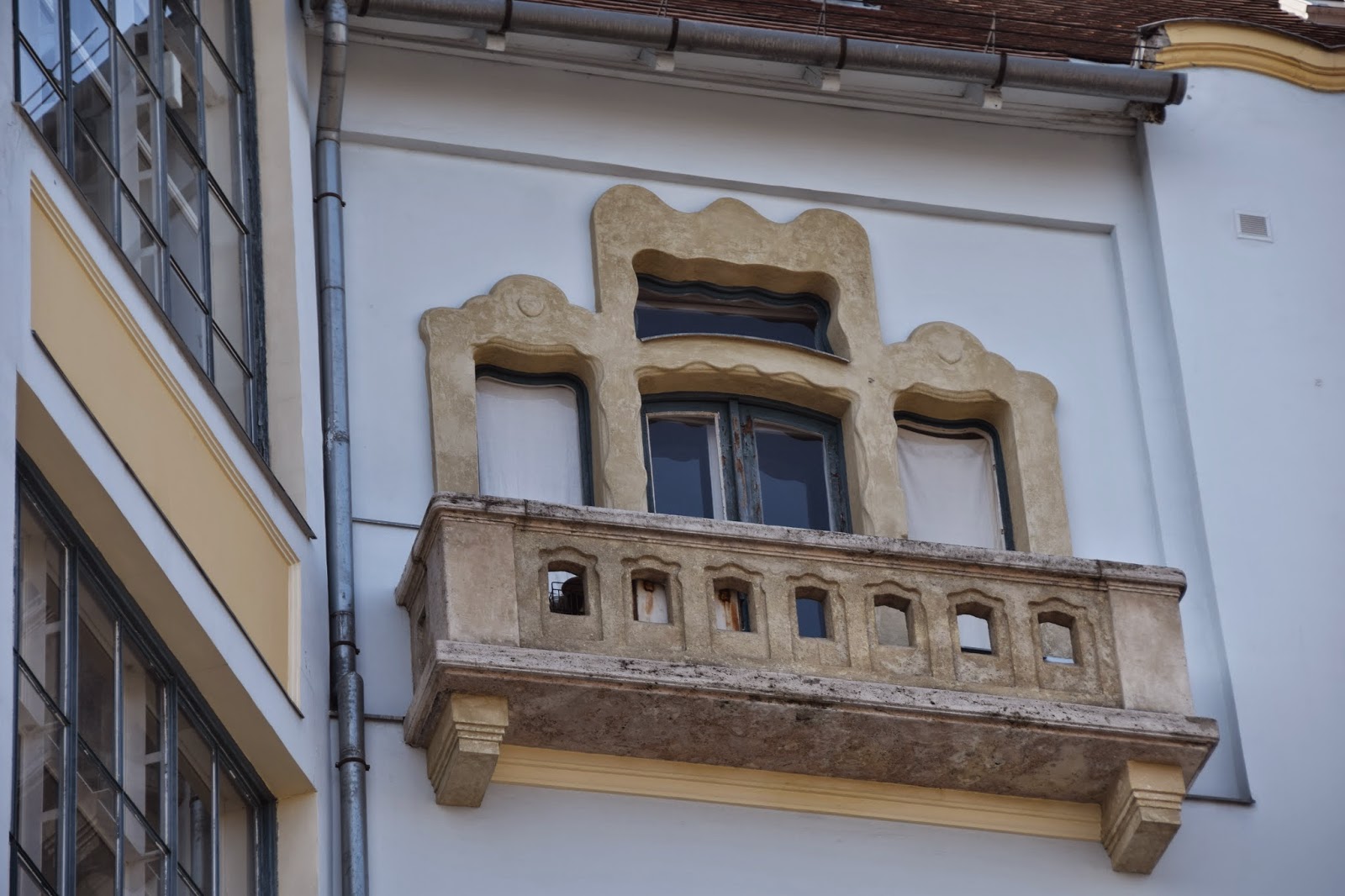Last night, we heard the famous (in Hungary) opera Bank Ban by the "father of Hungarian opera," Ferenc Erkel. We had never heard of Erkel or Bank Ban, but were intrigued by seeing something described as so quintessentially Hungarian in the Hungarian State Opera House.
 |
| Ferenc Erkel whose statue sits on the left side of the main opening to the opera house. Liszt is on the right. |
The opera was first performed in 1861. The plot is too complicated to summarize but it involves a 13th century historical incident when Hungary was being ruined by foreign powers. It thus has many analogues with 19th century Hungary. These analogues are highlighted in many patriotic arias, and there are hints of folk music (including a violin sounding like a balalaika) running through it. It is a unabashedly sentimental at times, more psychologically complex than the plot summary suggests, and includes folk dancing, drinking songs, and lush, melodic music that is easy to like on a first hearing. Whether it is a Great Opera is hard to say. But it was magical hearing it when and where we did.
Here we are in the gorgeous Budapest Opera House waiting for the performance to start.
Here are some pictures of the cast.
And here is the absolute star of the opera, B.Atilla Kiss, the wonderful Hungarian tenor who sang the character of the heroic and tragic knight, Bank Ban


























































